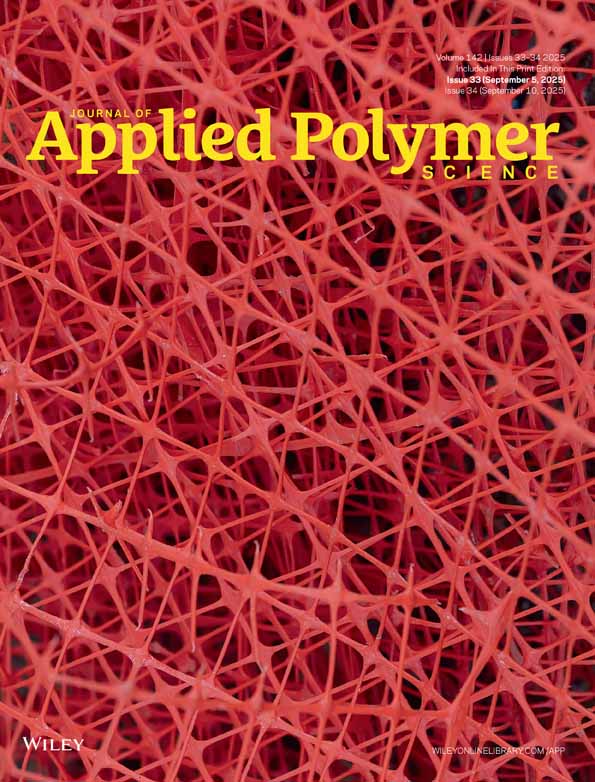Thermal analysis of enhanced poly(vinyl alcohol)-based proton-conducting membranes crosslinked with sulfonation agents for direct methanol fuel cells
Abstract
Poly(vinyl alcohol)-based proton-conducting membranes, due to their high selectivity for water with respect to alcohols, have been suggested as a promising alternative to perfluorinated ionomer, Nafion®, widely used as an electrolyte in hydrogen (PEMFC) and direct methanol (DMFC) fuel cells. Sulfosuccinic acid (SSA) has been commonly used as a crosslinking agent to form an inter-crosslinked structure and a promoting sulfonating agent to enhance the ion conductivity. The introduction of SSA increases proton conductivity of PVA-based polymer electrolyte membranes and reduces methanol permeability. Crosslinking produces deep changes in the crystallinity of PVA membranes and also alters the state and content of water in the membrane. In addition, the presence of the protonic acid promotes the appearance of degradation reactions at temperatures well below those of unmodified PVA, thus producing a decrease in thermal and mechanical stability. In this work, the thermal and mechanical properties of membranes prepared using PVA with different proportions of SSA were investigated by calorimetry and mechanical thermal analysis. The results indicate that the crystallinity disappears in membranes containing 2% of SSA or more. As a result of the combined effect of the disappearance of crystallinity and the increase of crosslinking, the equilibrium water content first increases (up to 5% SSA) but at higher proportions of SSA it decreases. Above 100°C, the amorphous membranes undergo degradation reactions such as the elimination of lateral OH groups of PVA and the formation of polyene structures, making the membrane colored, brittle and crackly. © 2011 Wiley Periodicals, Inc. J Appl Polym Sci, 2012




